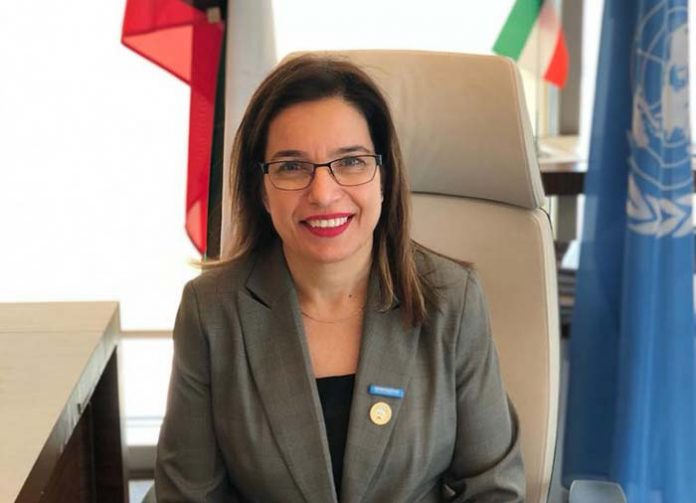Kuwaiti women’s role in their society was established long before Kuwait independence in 1960. The first informal school for girls was opened in 1926, and the first formal girl school was opened in 1936. Women worked together with men in constructing the three Kuwait walls surrounding Kuwait in 1760, 1793 and 1920, symbols of sovereignty against the greedy aggressors.
After the oil, more rights were added, including their right to work in new careers and their right to public housing services. Starting from the mid-1990s women got more rights, including voting for the National assembly and working in the police and the army.
The women’s role exceeded being a mother, a daughter and a wife to new positions including a university rector, a minister, a member of the national assembly, an ambassador, head of an international agency and more recently as persecutors and judges.
I believe those rights enable women to join men and work together in building their country and accomplish the Agenda 2030 Sustainable Development Goals. But with the new millennial challenges such as greenhouse emissions leading to Global Warming and climate change, and Covid-19 pandemic, Kuwait needs to consider adding more rights and obligations to women.
Kuwaitis and non-Kuwaitis living in Kuwait enjoy their rights equally. At present, women and men have a new role regarding new challenges that Kuwait and many nations face in different regions of the world, including reaching zero net carbon, reducing carbon emissions, and improving cities’ resilience.

















